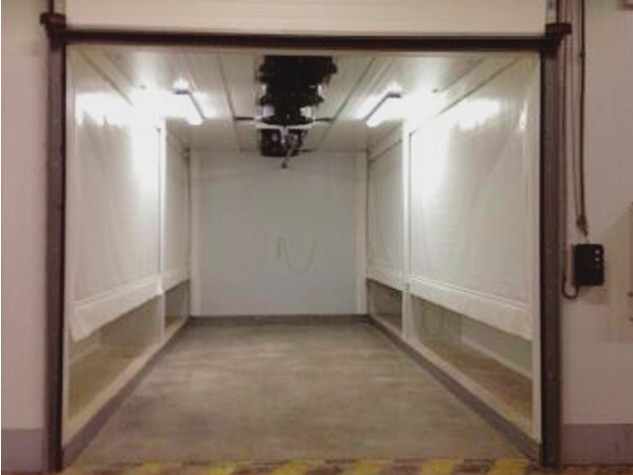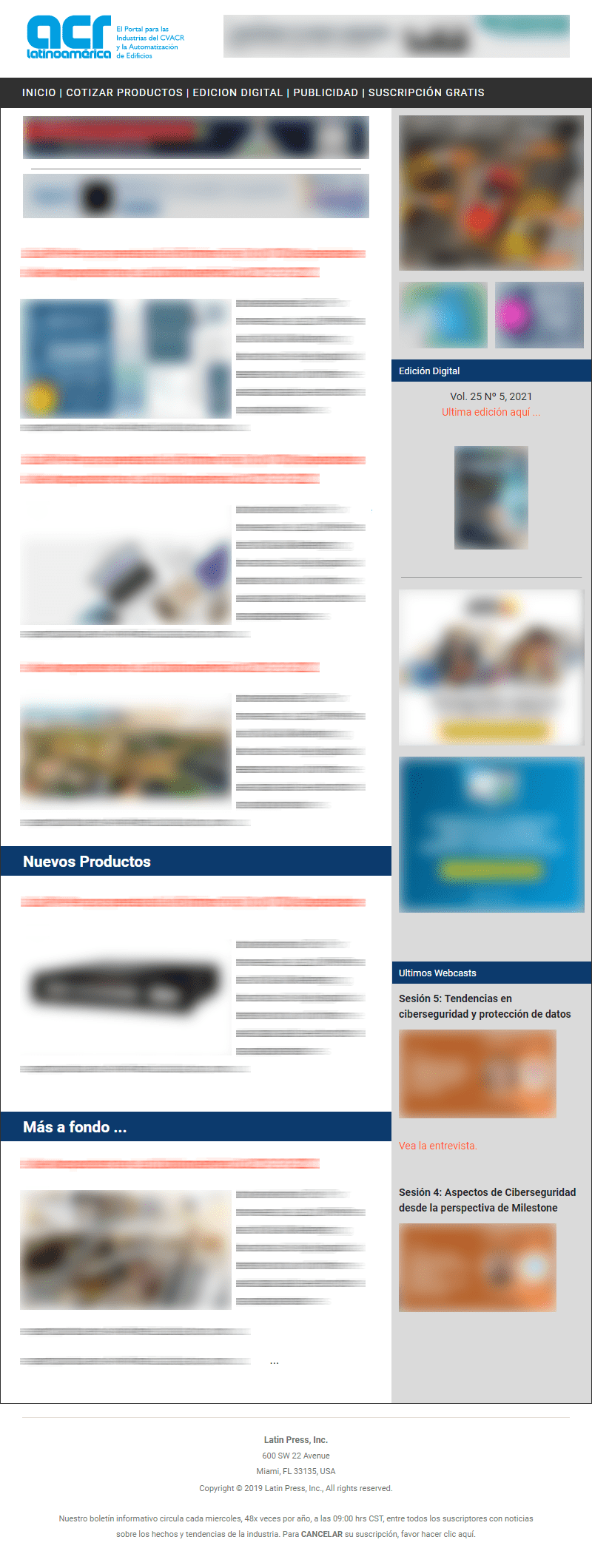Latin America. One of the most widely used systems for food preservation is forced air cooling. Below we will see a series of recommendations on the implementation of this system, shared by Intersam.
Forced air tunnel
The use of rapid cooling tunnels is very common in food preservation, especially in fruits and vegetables, since they are the most perishable. This system makes it possible to reduce quality losses.
The operation of this type of system consists of the assembly of the products in two blocks, with a canvas that covers them above. A fan takes out the hot air and makes the cold air pass through the products, through the middle of the two blocks.
Keep in mind that the corridor left between the two blocks is neither excessively wide nor excessively narrow. If the space is very small, the products placed at the bottom will cool more difficultly and more slowly. Conversely, if the space is very large, the products will cool properly but the camera space will not be optimized.
Advantages
The forced air tunnel offers a number of advantages:
- The main advantage is the speed of cooling. The period of time that the product remains at high temperatures is reduced. In this way, deterioration is minimized.
- Provides shorter periods for cooling, which allows rotation and, therefore, a more efficient use of the facilities.
- Subsequent lower thermal load for stock cameras or picking areas.
- If a suitable packaging is chosen, it allows the homogeneous cooling of the products without wetting them or subjecting them to excessive manipulation.
- They are more energy efficient than chambers without ventilation or cold rooms, which translates into energy savings.
- If a chamber without ventilation is available, it can be transformed into a forced air chamber with a relatively small investment in fans.
 Choice of packaging
Choice of packaging
For this cooling system to work properly, it is important to use proper packaging. They must be packaging that allows the flow of air to reach the product.
Normally, plastic or wooden boxes with openings are used. In order for the air to pass correctly to the interior of these, it is important to take into account some characteristics when choosing your design:
- The openings must have an appropriate size and shape that prevent them from being blocked when stacked.
- Take into account the shape of the product so that they do not block the openings.
- Ensure that there are openings on all sides of the box so that air can easily enter and exit.
Selection and types of fans
The choice of fans will be made depending on the air flow required and the pressure drop.
The two types of fans most commonly used in forced air tunnels are Axial Flow fans and Radial fans (Medium and High Pressure Available). The former are the most commonly used when high pressures and high speeds are not needed. Radial fans will be used when high pressures are required.
Fans can be fixed or mobile. The fixed fans will be placed next to the evaporators, at a height that allows it to reach the entire chamber. The mobile fans will be able to change places, choosing the optimal place for their correct operation and adapting to the space.















